The answer is "it depends," because some manufacturers limit the current throughout the voltage range, but others specifically are designed for a total power output limit.
What you want to look for is whether the supply output is "Single Range," "Dual Range," "Auto Range," or "Multi Range." BK Precision, for example, has some supplies with dual and multi range, and these are designed to provide VA combinations that offer a greater flexibility.
The BK 9173 is dual range, offering 0-10V, 10A as one range, and 0-20V 5A as the other.
My supply, a Circuit Specialists CSI3005X5, is only single range, and 5A is the maximum current at any voltage.
Edit:
To answer "What will typically happen if I try to draw more than 5A?" - the supply should limit current, and it does that by dropping the voltage. For example on my supply if I short the output the current will shoot to 5A, but the voltage drops to a few millivolts. If the supply doesn't current limit, then it would blow a fuse, or burn up. Make sure it can limit current!
